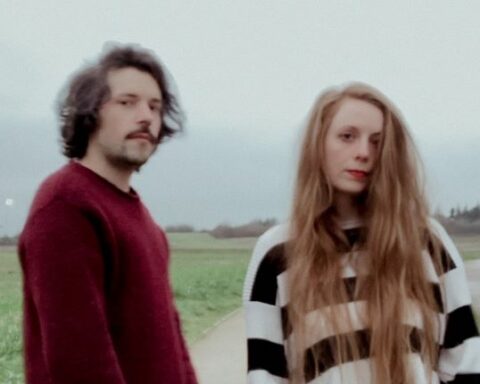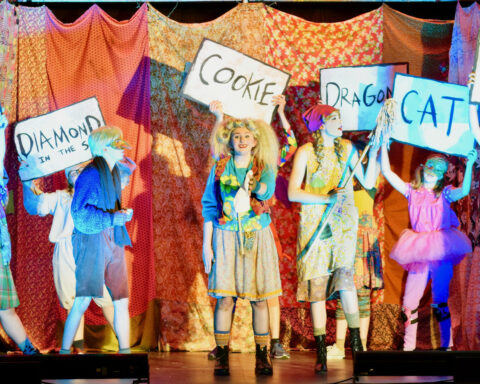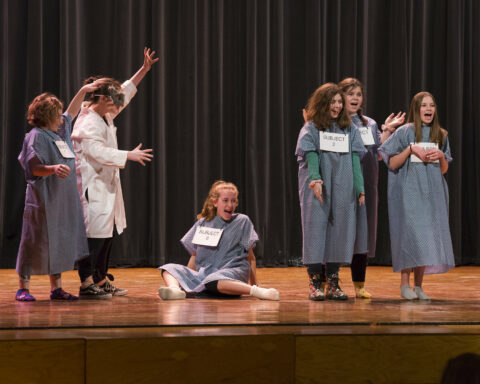“The sun is God”
— (attributed to) J.M.W. Turner
Yes! Turner & Constable, 19th century artists, present two environmentally progressive perspectives of the natural world on view at the Clark Art Institute. The exhibit, Turner & Constable: The Inhabited Landscape, compares and contrasts two entirely different styles of painting that both elevated the genre of landscape painting beyond historical and mythological works while recognizing the invincibility of nature and our intrinsic human dependency upon it.
J.M.W. Turner’s landscapes and seascapes are tangible explosions of painterly prowess that is still being emulated by both established contemporary artists and art students today. His rich ochers, volatile reds, inky violets, ominous blues and mysterious swirls of flaxen atmospheres clearly demonstrate humans have no chance in hell of containing natural tempests. This point of view parallels the standpoint of forward thinking environmental scientists today who are suggesting residents of endangered communities learn to co-exist with rising tides and temperatures rather than believe they can contain the evitable with cement walls and other ersatz fabrications.

In contrast, John Constable depicts humans as integrally rooted in the peaceful, domestic landscape they occupy. The skies tend toward slate blue and grey with highlights of white while the countryside is composed of lush verdant trees without a hint of a gentle breeze. It is often farm workers portrayed and not royalty, superheroes or gods. They are rendered as diligent farm hands dependent on the land to survive. One of the best examples found in the show is the Flailing Turnip-heads. In this image the laborers are extracting seeds for feed and burning and burying the remnants. Composting at its best.
Not many museums have the luxury of being immersed in an environment that mirrors their exhibitions. Hiking trails surround the Clark Art Institute and dogs are welcome on the trails. Go see the exhibit first and then enjoy a hike!
Turner & Constable: The Inhabited Landscape thru 3/10
Clark Art Institute, 225 South St. Williamstown, MA
Images Cinema — The View from Here, a film series
January 19, February 23, March 9
In conjunction with Turner and Constable: The Inhabited Landscape, Images Cinema and the Clark Art Institute present The View from Here, a film series exploring three different approaches to the role of landscapes in cinema: as subject, as inspiration, and as a means to explore character and emotion.
The View From Here
January 19: “Days of Heaven” (1978)
February 23: “Columbus” (2017)
March 9: “Leaning into the Wind” (2018)
“Days of Heaven”
Introduction by Olivier Meslay, Hardymon Director of the Clark
When three drifters take refuge from the world at large on the land of a lonely rancher, they all find their private paradise threatened by unspoken secrets and lies. Terrence Malick’s second film, stunningly beautiful both visually and emotionally, was filmed by cinematographer Néstor Almendros, who won an Academy Award for his striking, bucolic imagery of the plains of the Texas panhandle.


!["The Maples," created by Natalie Jeremijenko; photo by Beyond My Ken (Own work) [GFDL (http://www.gnu.org/copyleft/fdl.html) or CC BY-SA 4.0-3.0-2.5-2.0-1.0 (http://creativecommons.org/licenses/by-sa/4.0-3.0-2.5-2.0-1.0)], via Wikimedia Commons Tree-mancipation Day!](https://www.greylockglass.com/wp-content/uploads/2016/11/1024px-MASS_MoCA_main_entrance-1024x662.jpg)





